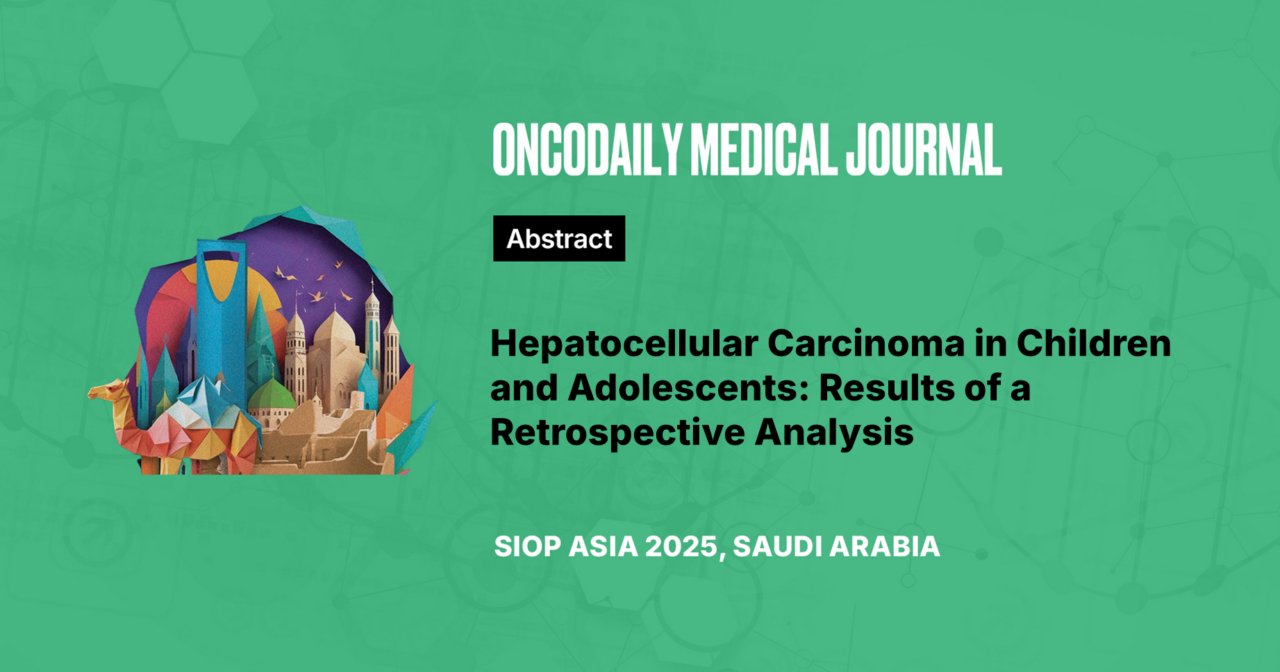Hepatocellular Carcinoma in Children and Adolescents: Results of a Retrospective Analysis
Abstract
Introduction: Hepatocellular carcinoma (HCC) is the second most common liver tumor in children and is characterized by poor prognosis. Radical surgical treatment remains the primary curative method. The objective was to analyze the clinical characteristics and treatment outcomes of pediatric HCC patients treated and consulted at the national center in the Russian Federation.
Methodology: A retrospective analysis was conducted on 34 patients with verified HCC treated from 2012 to 2022. Clinical data and treatment outcomes were reviewed, and survival analysis was performed on 01.09.2023.
Results: The male-to-female ratio was 1.1:1, with a median age at diagnosis of 133.5 months (range: 49.7–199.4). Classic HCC accounted for 58.8% of cases, fibrolamellar HCC (FLHCC) for 38.2%, and hepatocellular neoplasia NOS for 3%. Predisposing conditions (n=9, 26.4%) included hepatitis B (n=6), primary immunodeficiency, tyrosinemia, and cardiac cirrhosis. The median AFP level was 186 IU/mL (range: 1.15–2.000.000 IU/mL), and the median tumor volume (n=24) was 297.8 cm3 (range: 11.2–1401 cm3). Distribution by PRETEXT stage (n=30): I (n=2, 7%), II (n=11, 36%), III (n=8, 27%), and IV (n=9, 30%). 7 (20.6%) patients had distant metastases.
The initial treatment included surgical resection without biopsy in 5 (14.7%), resection after biopsy in 12 (35.3%), and biopsy followed by chemotherapy in 14 (41.2%). Three patients (8.8%) received no treatment. Surgical procedures included liver resection (n=15, 44.1%) and transplantation (n=7, 20.6%), while 12(35.3%) patients had no surgery. At analysis, 14 (41.2%) patients were alive, 19 (55.9%) died, and 1 (2.9%) was lost to follow-up. Three-year overall survival was 40.3% ± 9.6%, and event-free survival was 23.7% ±7.9%.
Conclusion: HCC in children is rare and often develops de novo. FHLCC accounted for 38.2% of cases. Radical surgery remains a cornerstone of therapy. Survival outcomes in this study were comparable to the international data.





